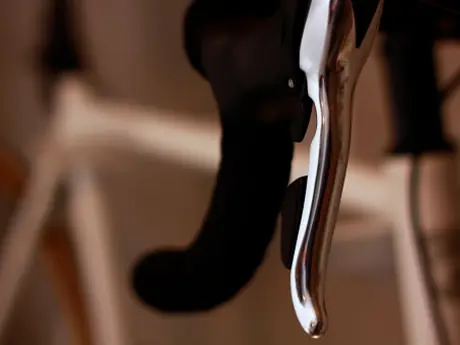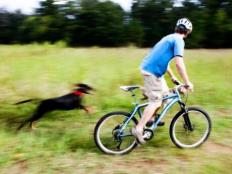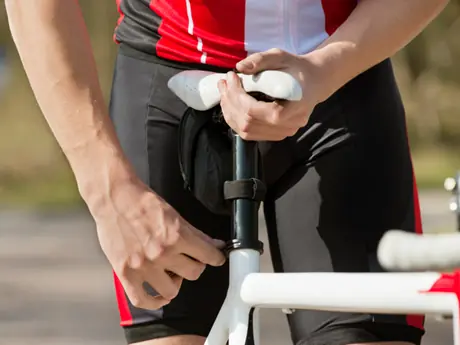
Whether you are new to cycling, looking to upgrade or improve your performance within the sport, there are so many options that even the savviest of shoppers can feel overwhelmed. From all-carbon bikes to purchasing a more aero frame or a power meter, there are many decisions to be made, many of which can have a great impact on your training.
Here are five simple upgrades that will improve your training and result in improved performance on the bike.
More: 5 Tweaks for Speed: Tips and Tricks to Boost Your Cycling Pace
Getting a New Bike...Weight vs. Aero
When most people walk into a bike shop, they will stop, admire the bikes, and immediately proceed to pick up the bike to see how light it is. Excuse me, "Can you tell me how much does this bike weighs?" For the average cyclist, having a lightweight bike has the advantage of being lighter as you fight gravity when riding uphill. And lightweight carbon bikes also have properties that absorb more impact from the road giving you a more comfortable ride. Depending on the design of the bike, the riding characteristics can vary from the feel of a luxury car to a spirited sports car.
More: 6 Upgrades Your Bicycle May Need
Until recently, many manufactures focused their bike designs on weight. As more aerodynamic testing and research have been done, the cycling community is starting to realize the incredible competitive advantages aerodynamics have, even for the average cycling enthusiast. The mathematical formula for aerodynamics is 100 grams of drag = 1 second per kilometer. So, for every 100 grams you save in aero drag, you gain a second! For an average cyclist, this could mean being able to keep up during a group ride, or for the racer, it could be the difference needed to win a race!
Bike Fit vs. Wheel Upgrade
Getting a new sleek pair of race wheels can be very beneficial to adding enjoyment and speed to your ride, however, people often overlook the importance of their bike fit when it comes to comfort, performance, efficiency, and even aerodynamics. Many people spend years riding with symptoms such as knee pain, foot numbness, tingly hands, saddle sores, back pain, among other maladies. A good bike fit not only helps to prevent injuries, but also can alleviate symptoms that may be the result of an improper bike set-up. Just think, when you pedal on a bike, your legs are turning between 80 to 100 rotations a minute. Add that up over an hour and you have 4,800 to 6,000 rotations. It doesn't take long for an improper fit to cause aggravation to your body.
- 1
- of
- 2








Discuss This Article